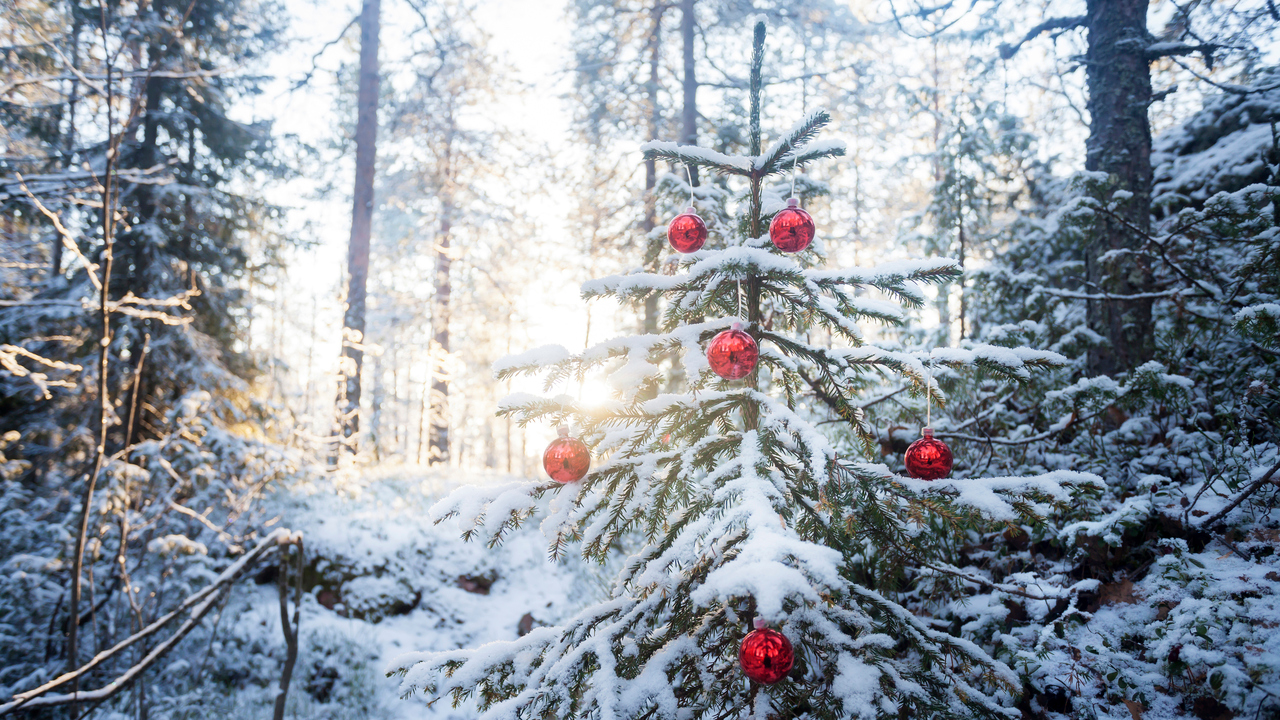About the scientific article
The research, titled "Photosynthetic Advantages of Conifers in the Boreal Forest," is a collaboration among leading institutions in the UK, Canada, Sweden and Bulgaria supported by the EU research programme Horizon 2020 and the Human Frontiers Science Program and other funders. The article was published in Trends in Plant Science in December 2024.



